[ad_1]
Beetles make up forty p.c of bugs, and whereas we want them in our gardens, some species go away a wake of destruction. The rose chafer beetle, moreover known as rose beetles and rose bugs, is a species of scarab with an enormous variety of meals sources and few predators. The voracious feeders eat the tender components of assorted flowers, timber, fruits, and shrubs.
Happily, chafer rose beetles do solely minor harm as pesky invaders until they’re in large numbers. Excessive populations are a problem with the potential to set off extreme plant stress and dieback.
What Are Rose Chafer Beetles?
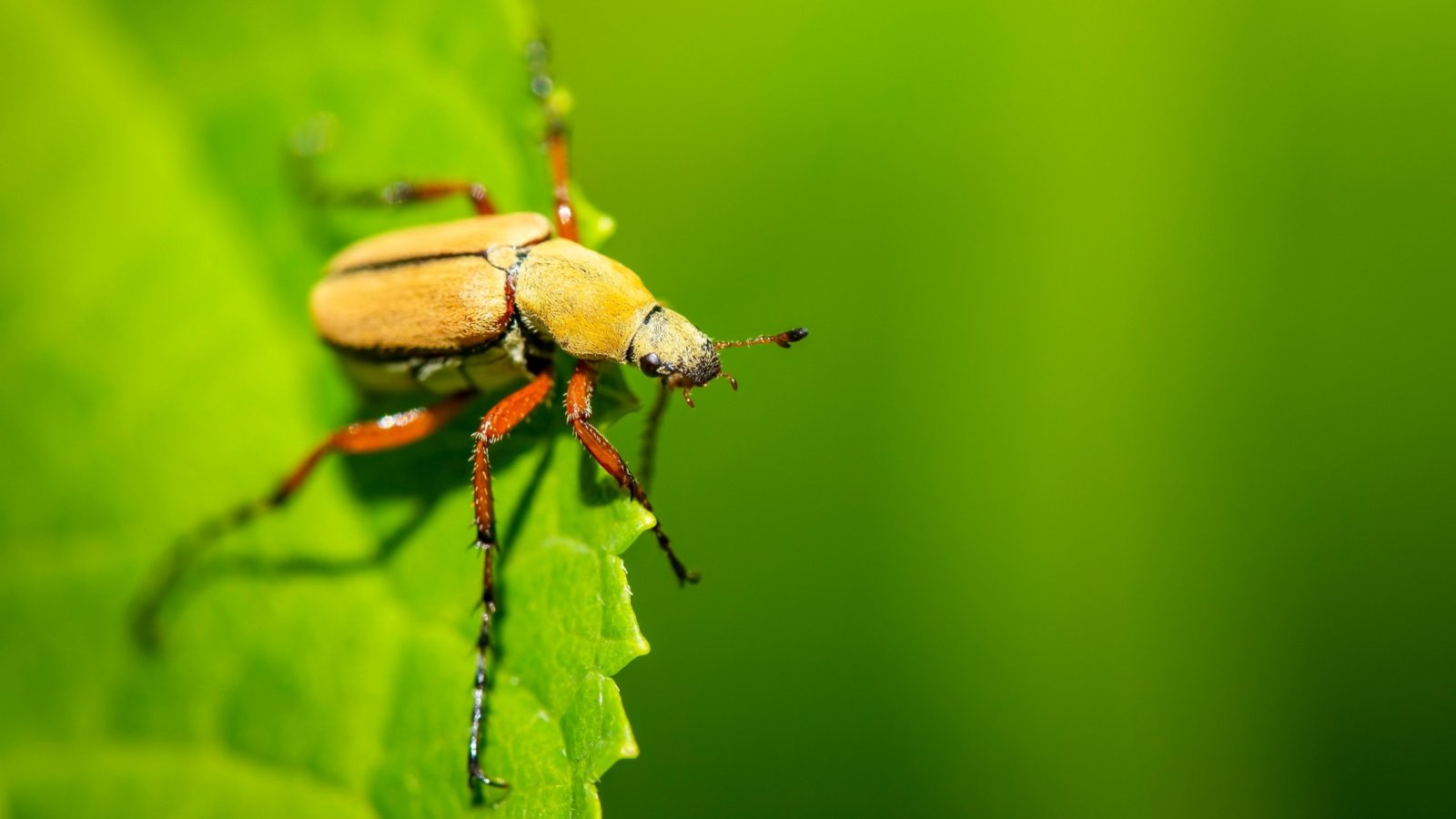

Rose chafer beetles (Macrodactylus subspinosus) happen all by way of southeastern Canada, the jap United States, and as far west as Montana and Colorado. They feed on a wide selection of host vegetation and are considerably keen on roses, peonies, hollyhocks, poppies, dahlia, and chrysanthemums. They feed on fruits like grapes, blueberries, peaches, and strawberries. Evergreens like spruce, Frasier fir, and Scots pine endure their harm. Some vegetable crops like corn, peppers, and beans are a meals present.
Adults furthermore eat the tender foliage of timber and shrubs. The grubs (larvae) eat the roots of weedy grasses. Grubs don’t harm lawns or panorama vegetation, however adults in excessive numbers hurt fruits and ornamentals.
The beetles are liable to sandy soils as they go successfully with their egg-laying and hatching, however they fly readily to utterly totally different habitats for meals. Most birds and small mammals don’t eat them – they embrace a distasteful chemical toxin. Ensure to not share them collectively alongside together with your chickens.
Indicators of Hurt
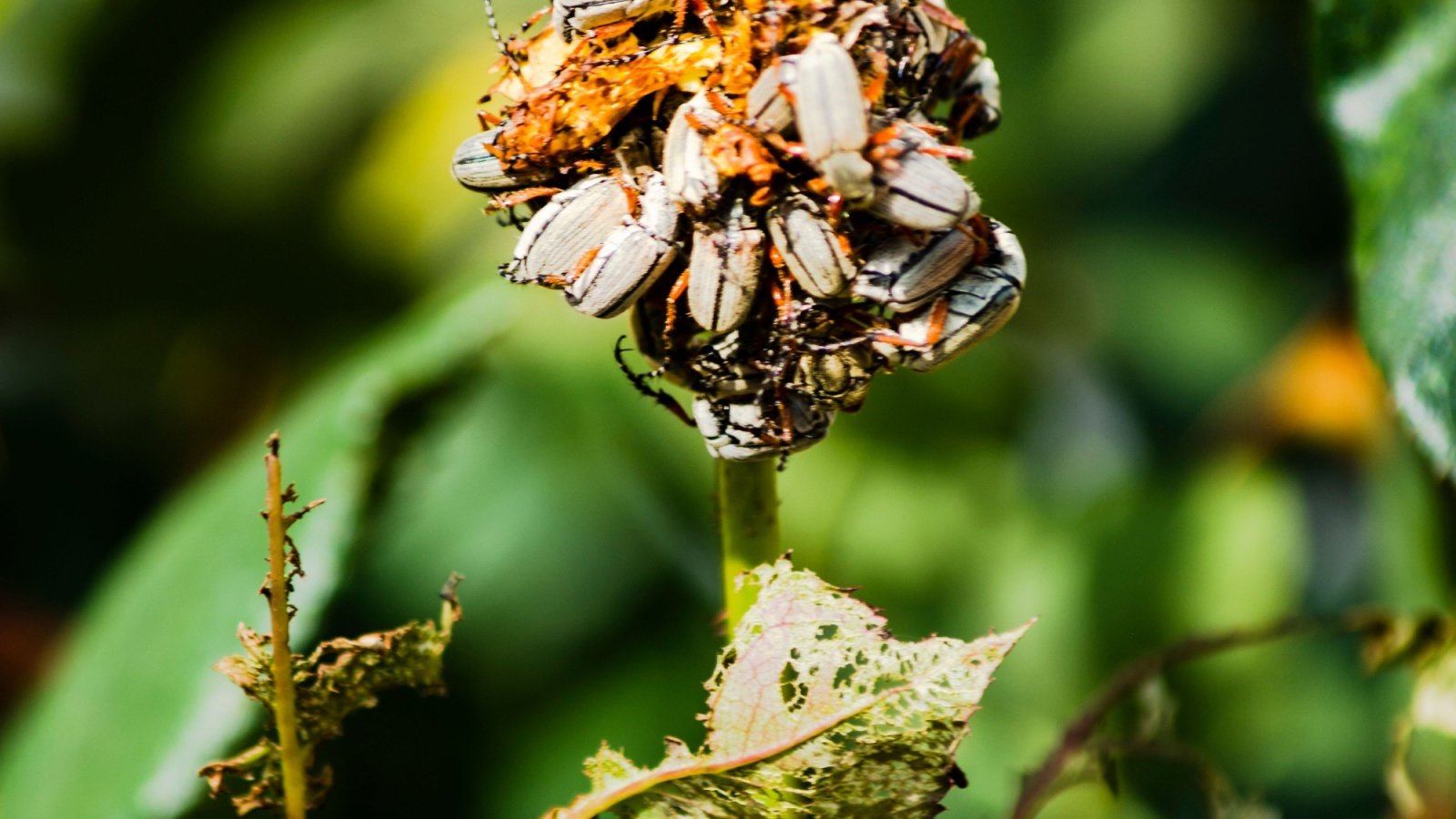

The nibbling bugs go away large, irregular holes in blossoms, buds, fruits, and leaves as they “chafe” away elevated leaf and petal surfaces. They skeletonize leaves by feeding on cosy tissues between the veins.
You’ll most likely see the grownup insect in case you uncover its harm. All of them emerge at roughly the same time in late spring and feed within the midst of the day. The bugs are sturdy fliers able to touring good distances to go searching meals sources. They might fly in from utterly totally different areas all by way of their energetic weeks.
Identification
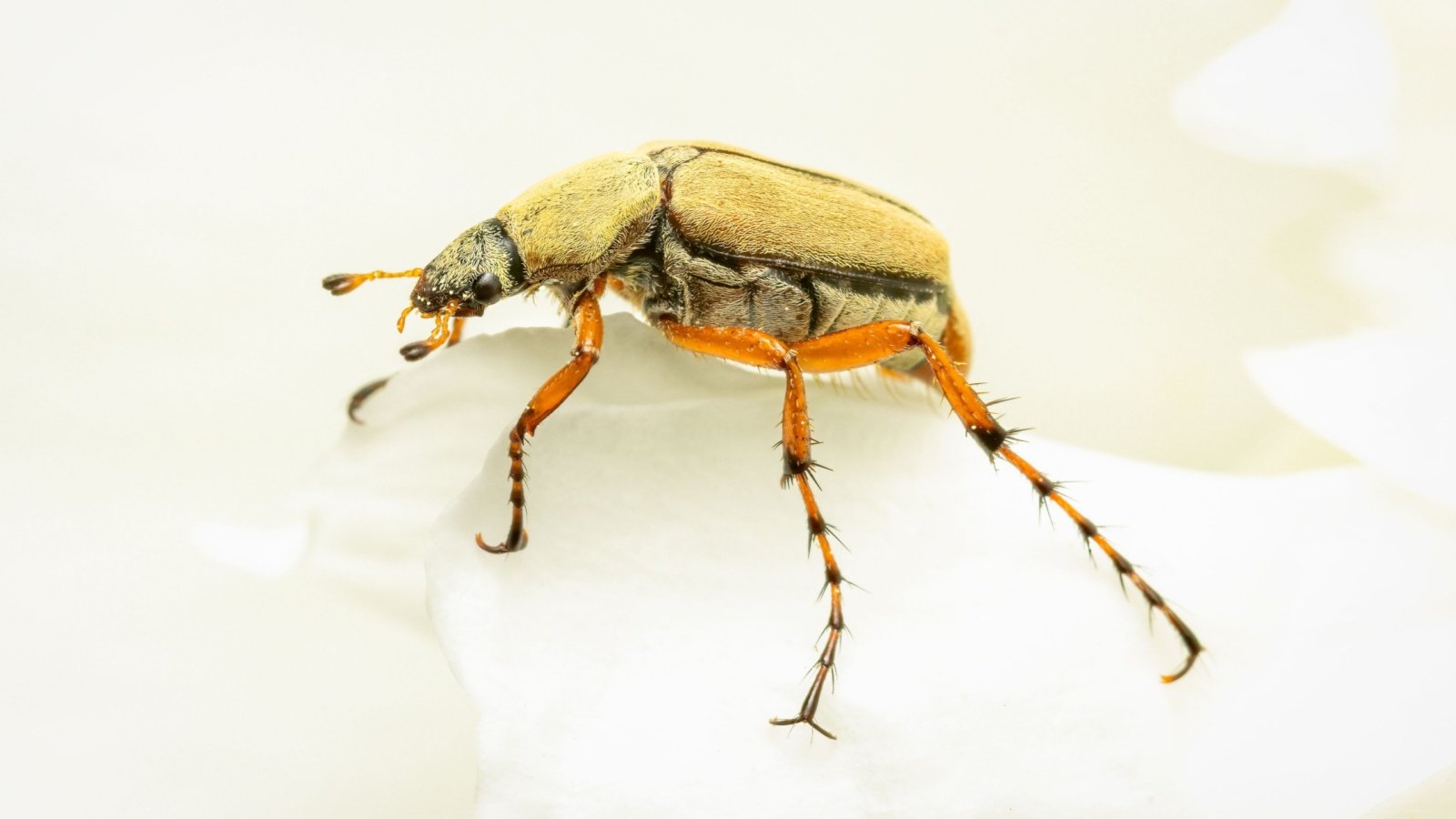

Grownup rose chafers are slender, medium-sized, one-half-inch-long beetles. Their our our our bodies are greenish-tan with orange legs and darkish spiny nodes. Their quick antennae have segmented parts on the info.
Like utterly totally different beetles, their straight wings sort a line that looks as if shields of armor. In flight, they resemble wasps.
The larvae (grubs) normally usually are not sometimes seen; they burrow into sandy soils to feed and overwinter. They’ve curved white our our our bodies, distinguished brown heads, and 6 seen legs. They attain as lots as three-quarters of an inch extended.
Life Cycle
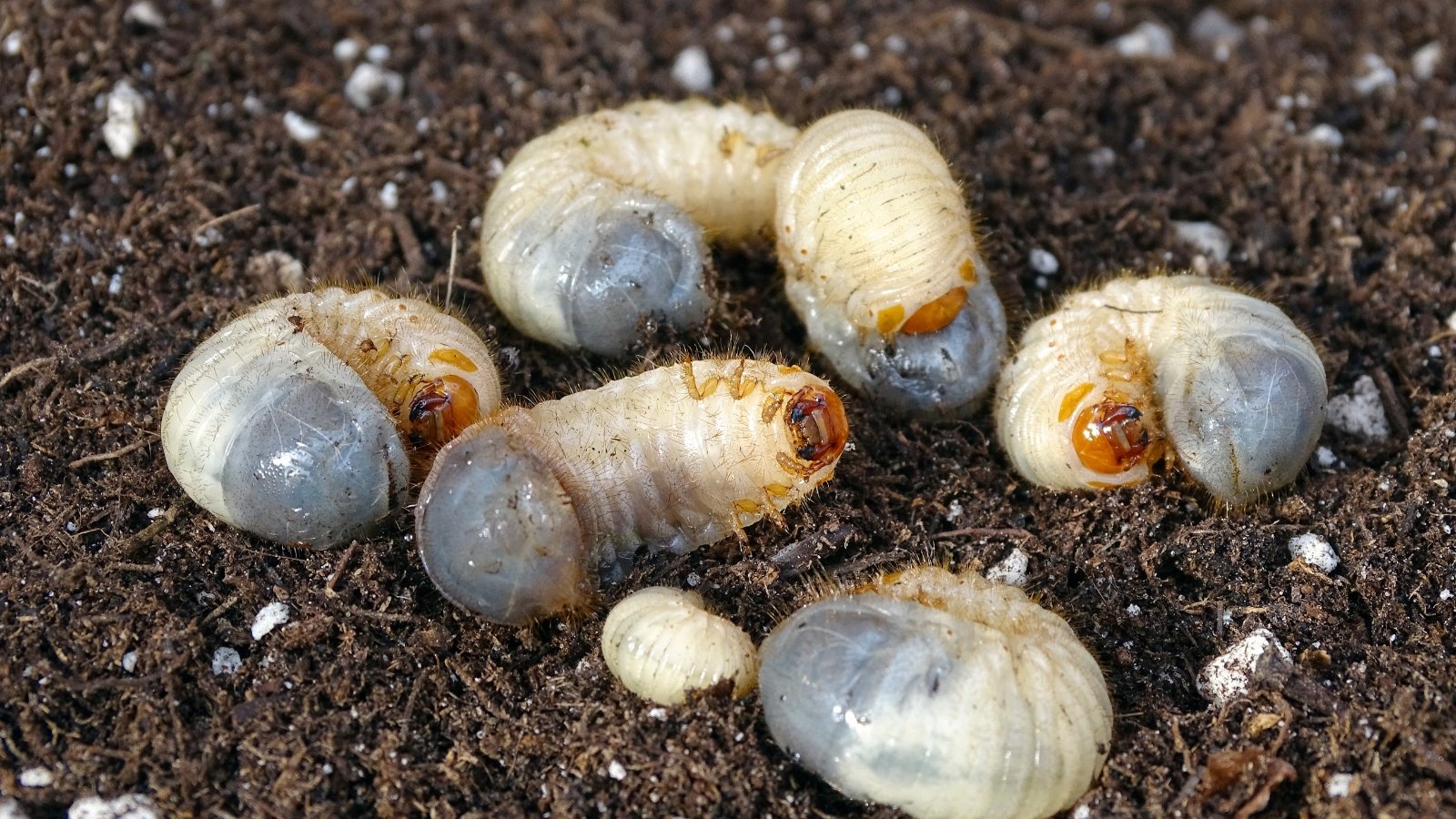

A single know-how hatches in a 12 months. Adults emerge from the soil in late spring and feed for about three weeks.
Females lay eggs (between six and forty) as deep as six inches in sandy soils, every in a separate cavity. Eggs hatch two to some weeks later.
Grubs feed on the roots of grasses and weeds, largely in open sandy areas. They don’t feed on or harm panorama vegetation or turfgrass on the grub stage.
When the temperatures drop all through the autumn, they burrow deep into the soil beneath the frost line. The larvae overwinter all through the soil, pupate, and emerge as adults with warming soils the next spring.
Therapy
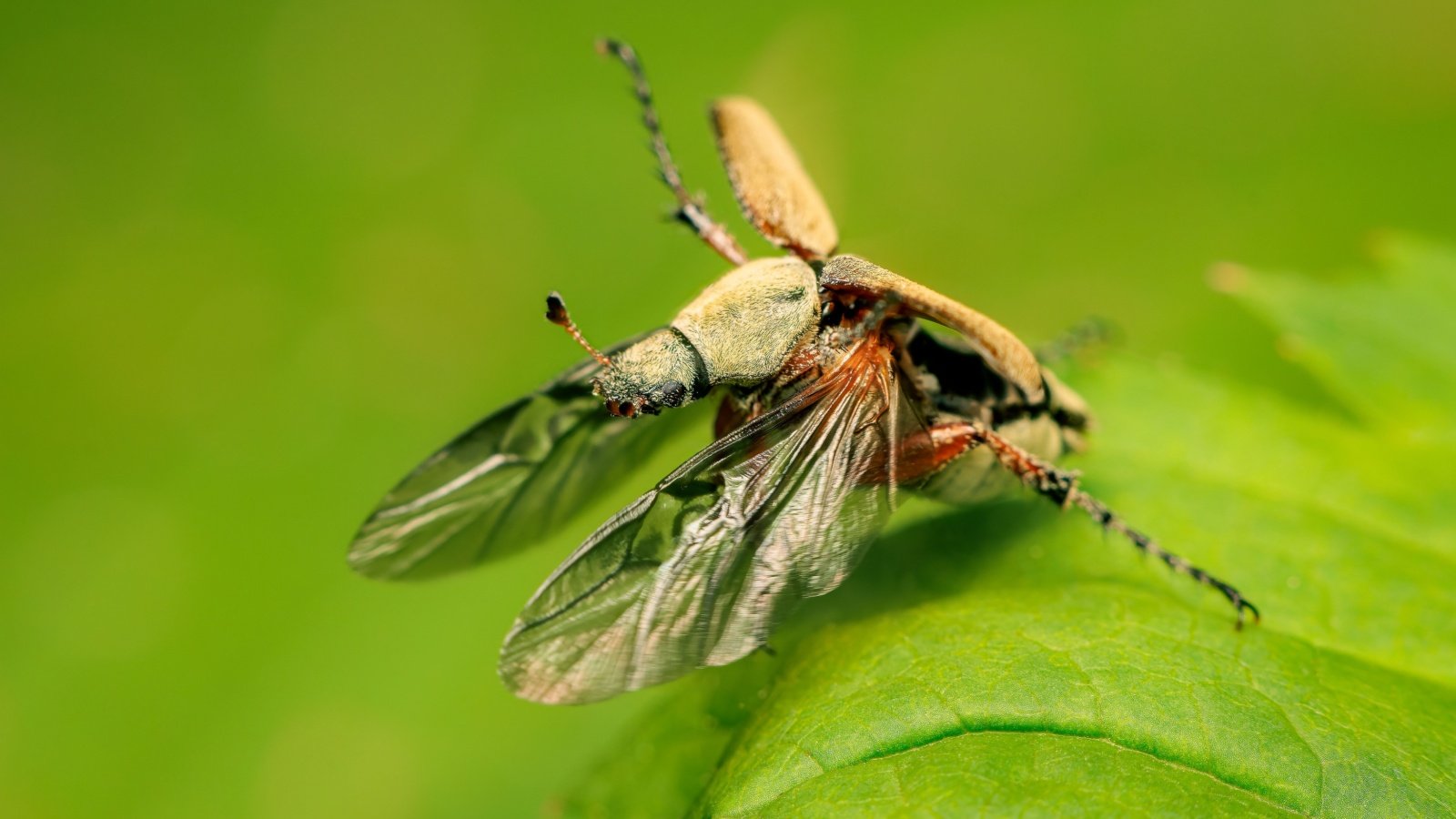

Rose chafer beetles emerge in late Would possibly. Begin scouting in late spring, considerably in case you’ve skilled an infestation earlier than.
Happily, their presence is usually small in quantity, with delicate to frequent harm of their quick interval of prepare. Mature timber and shrubs sometimes recuperate with out intervention.
By the Rising Season
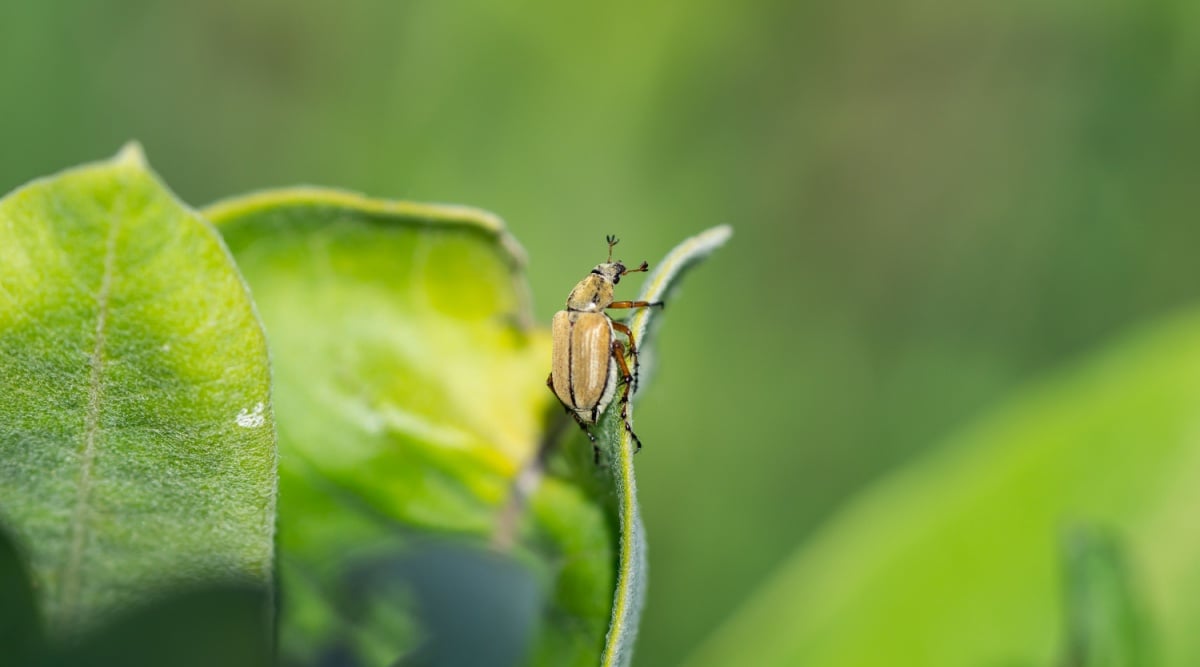

Chafers are energetic for decrease than two to 4 weeks. Hand-pick or brush small populations off of leaves and stems and place them in a bucket of soapy water. Larger numbers of busy beetles could warrant hand-picking bigger than as shortly as a day.
For big shrubs or tree branches, place a tarp beneath the plant and provides the stems a superb shake. Into the bucket, the dropped bugs go.
In excessive circumstances of big numbers and loads of affected vegetation, BT, considerably Bacillus thuringiensis subsp. galleriae (pressure SDS-502) is generally setting pleasant. This explicit pressure of micro organism targets beetles, however there’s a connection to unfavorable impacts on monarch butterfly larvae. Skip this pressure of BT in case your yard properties monarch host vegetation or meals vegetation.
BT is a micro organism that disrupts the digestion of beetles (together with Japanese beetles) and utterly totally different pests. It’s a pure administration that stops them from feeding. BT is setting pleasant if consumed by the insect, and desires frequent software program program all via their energetic weeks.
Pesticides like a pyrethrum and isopropyl alcohol combination are doable cures. Use one tablespoon of alcohol per pint of diluted pyrethrum combination. Apply it each three to 5 days for 2 weeks within the midst of the energetic interval.
Use warning with pesticides to within the discount of harm to pollinators and helpful bugs. Take away blossoms earlier than treatment. Apply all through the night time time or early morning, in accordance with label instructions, when pollinators are least energetic.
Prevention


In areas liable to infestation, a bodily barrier masking vegetation helps. A floating row cowl, optimistic mesh netting, or cheesecloth are good defenses in late Would possibly and June. Place the covers because of the pests grow to be energetic and take away them after the feeding cycle.
Frequent prevention for beetles consists of flippantly cultivating the soil in spring and fall. The thought is to level out larvae to birds, utterly totally different predators, and chilly temperatures. Uncovering the rose beetle grub, although, is hard, as they go for sandy, open areas that may be away from the yard.
An extra beetle preventative consists of milky spore powder (Bacillus popilliae), although it takes just a few years to grow to be setting pleasant, and rose bugs journey. They might fly in at any time whether or not or not or not or not they emerge in a given space.
Continuously Requested Questions
Macrodactylus subspinosus, or rose bugs, are a nuisance on account of they’ll shortly devour large parts of plant provides in swarms. In frequent seasons, their numbers are low, and their harm is minor.
In occasions of maximum inhabitants, they considerably harm diversified vegetation with a widespread differ of meals sources and a voracious urge for meals. Their feeding on cosy tissues impacts leaf surfaces and the plant’s means to photosynthesize. Their flower-feeding hinders pollination.
The 2 rose-feeding scarabs are family members however utterly utterly totally different species. They get your palms on roses and utterly totally different tender blooms and leaves as meals sources. Rose chafers emerge just a few weeks sooner than Japanese beetles and have a shorter energetic interval, feeding just for three to 4 weeks. Japanese beetles persist for about six weeks, starting in early summer time season.
“What don’t they eat?” can also be a bigger query. These indiscriminate feeders depend upon cosy, tender vegetation for progress. They’ll go for buds, blooms, fruits, and foliage, from roses to apples to pine species.
[ad_2]
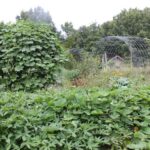




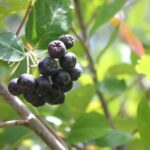
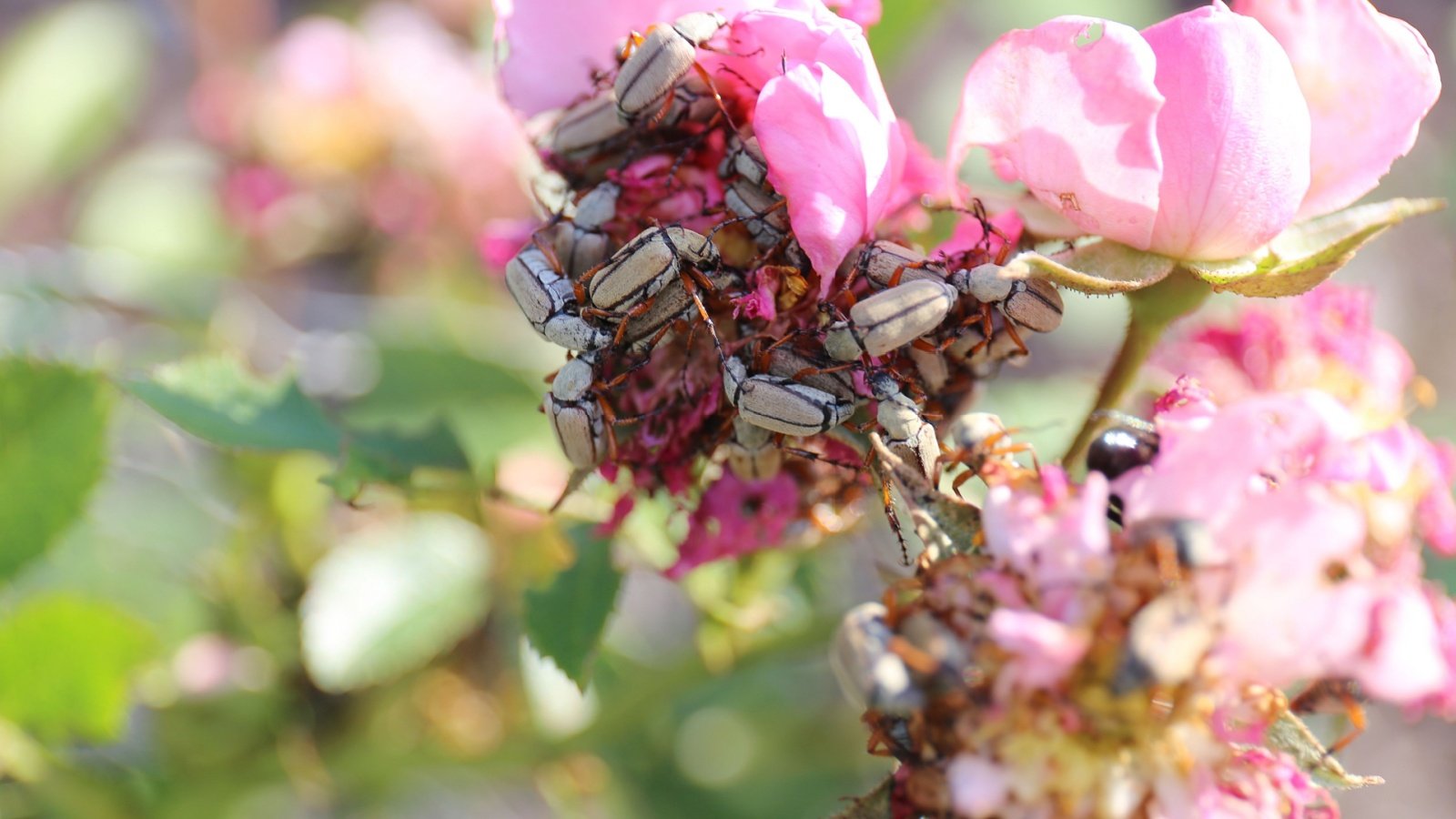
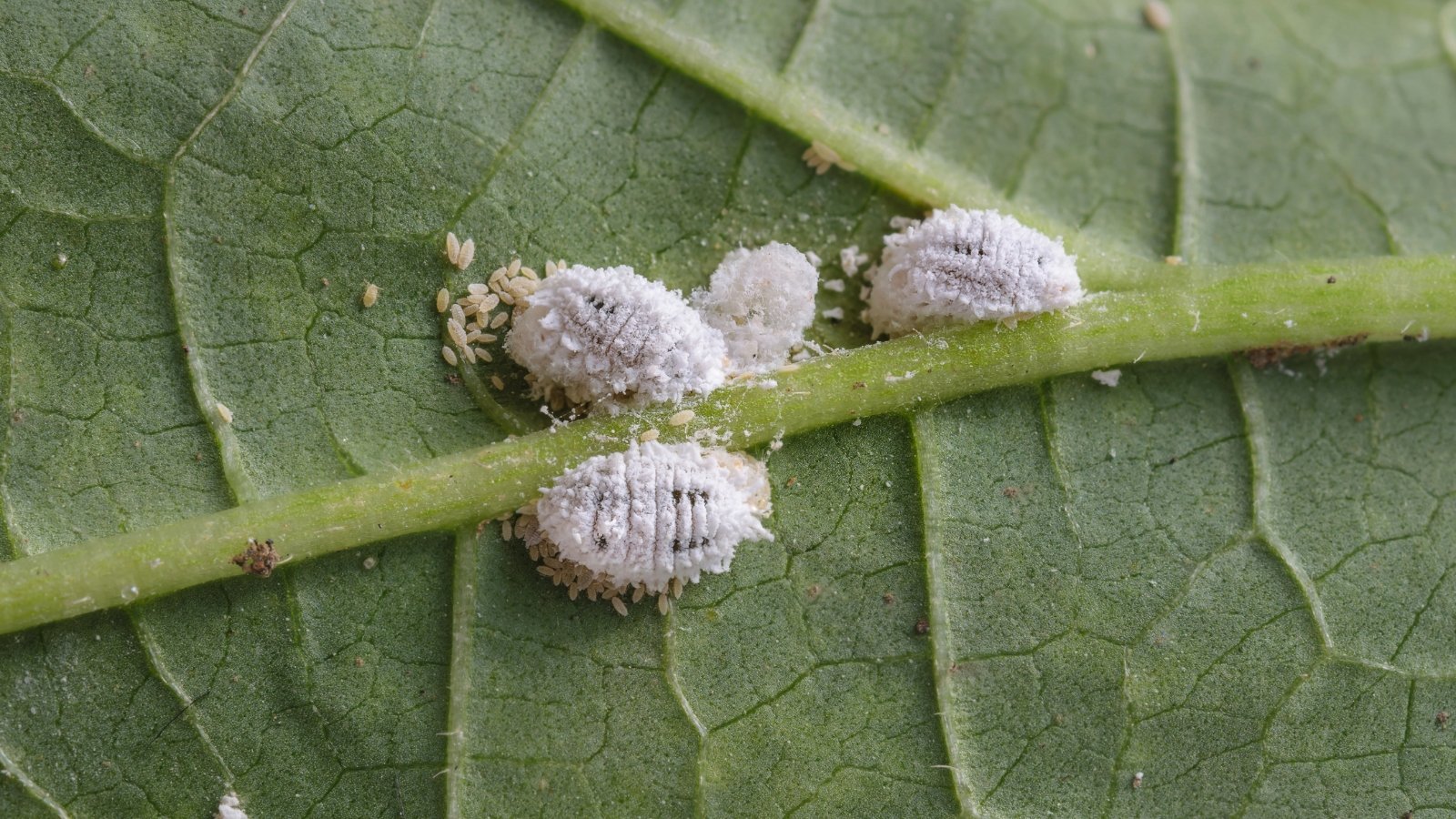
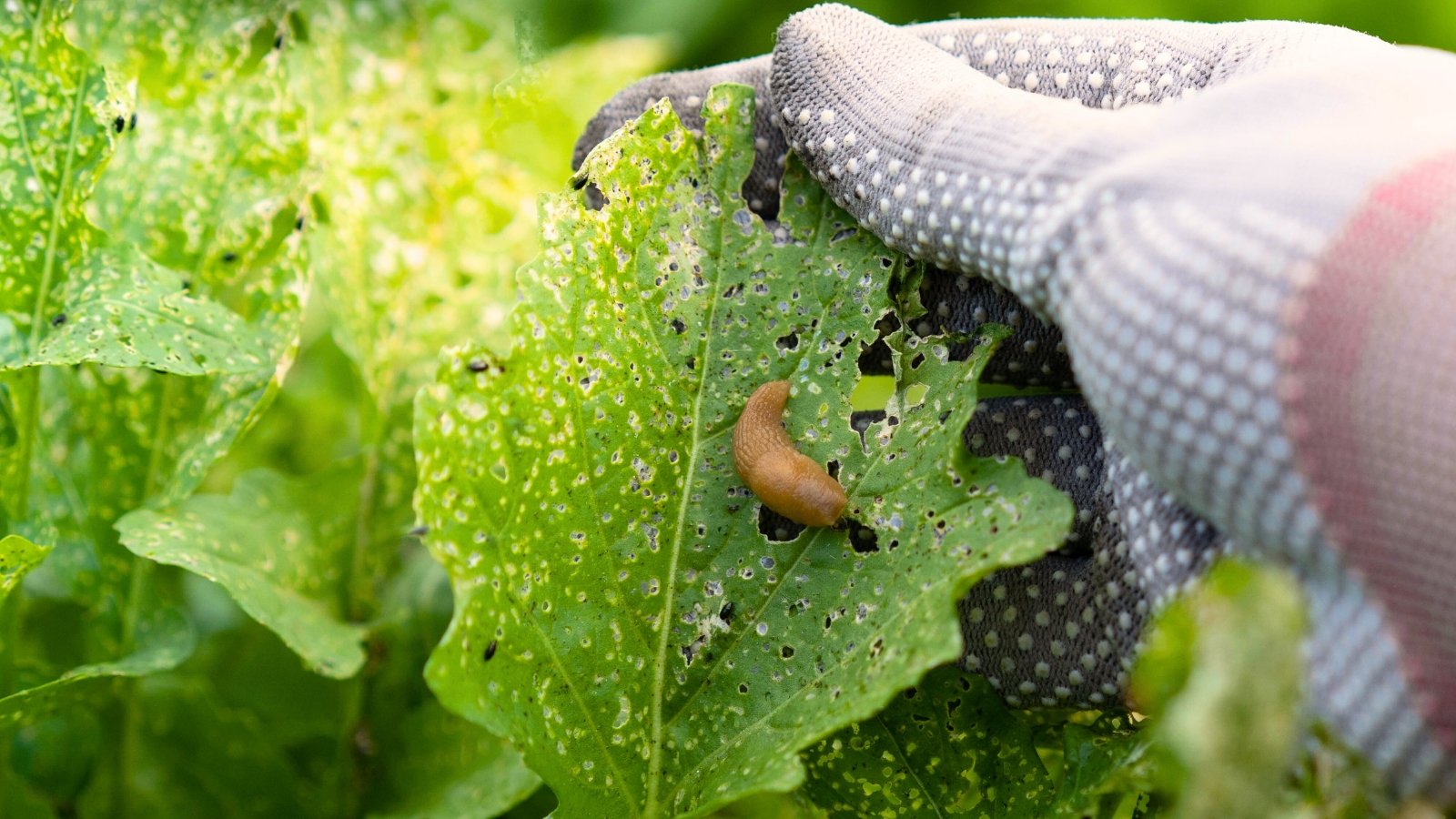
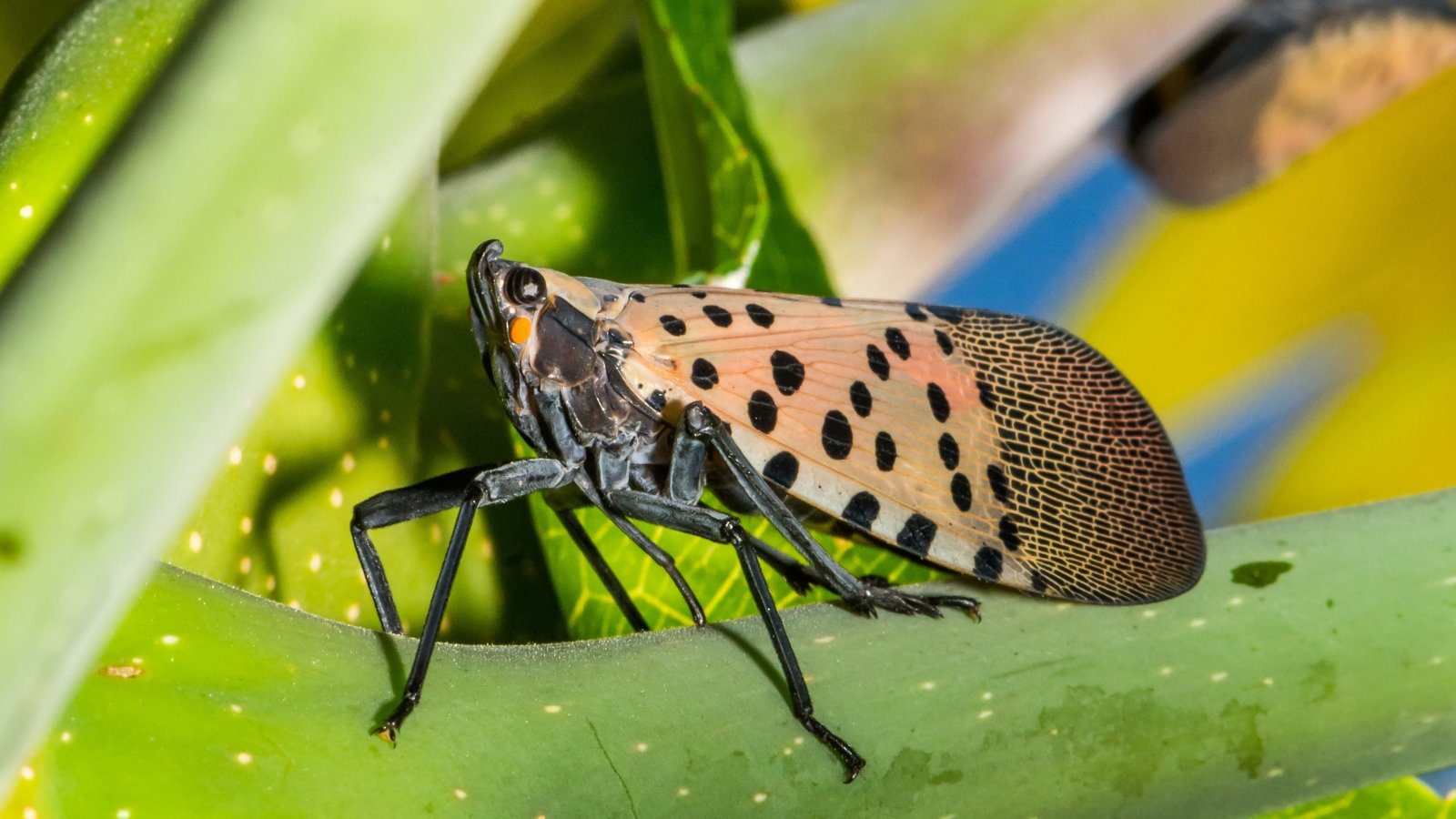
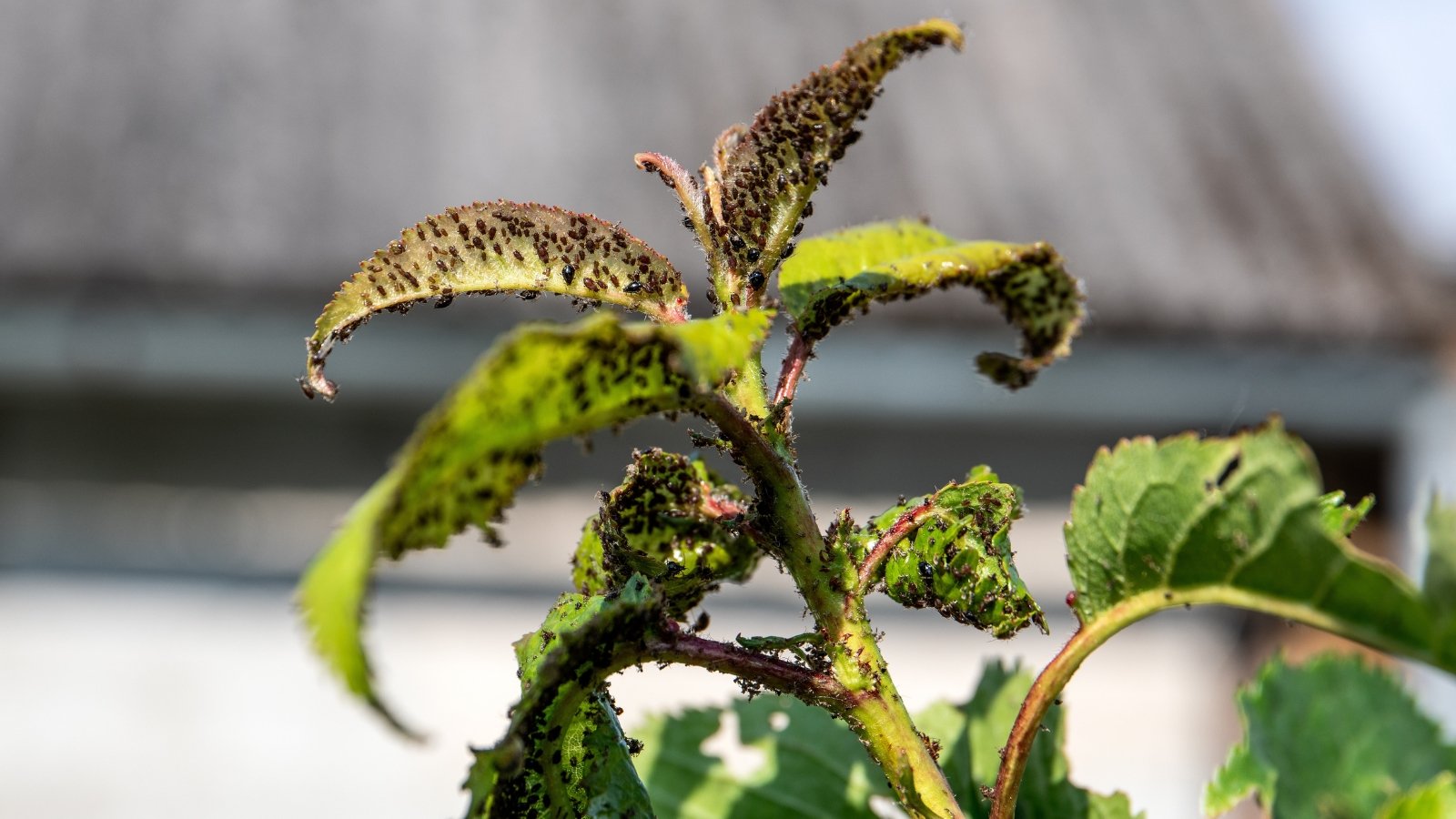
This article highlights the importance of monitoring for rose chafer beetles during their active weeks. I appreciate the emphasis on organic methods for pest control to protect beneficial insects while managing these pests effectively.
It’s concerning to see how much damage rose chafer beetles can do to various plants, especially in high populations. The visual descriptions of the damage they cause will definitely help in identifying an infestation early on.
The information on managing rose chafer beetles is helpful for anyone dealing with garden pests. The suggested remedies, like hand-picking and using BT, seem practical for small infestations. Overall, a well-rounded article.
This article provides a comprehensive overview of rose chafer beetles and their impact on gardens. It’s interesting to learn about their feeding habits and the different plants they prefer. I appreciate the detailed identification tips.
I found the life cycle of rose chafer beetles particularly fascinating. Understanding when they emerge and how they reproduce can help gardeners prepare for potential infestations. The prevention methods mentioned are also quite useful.